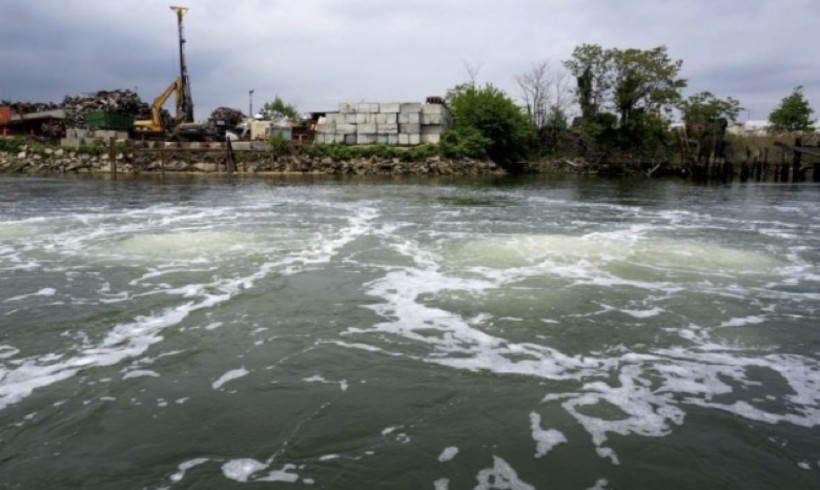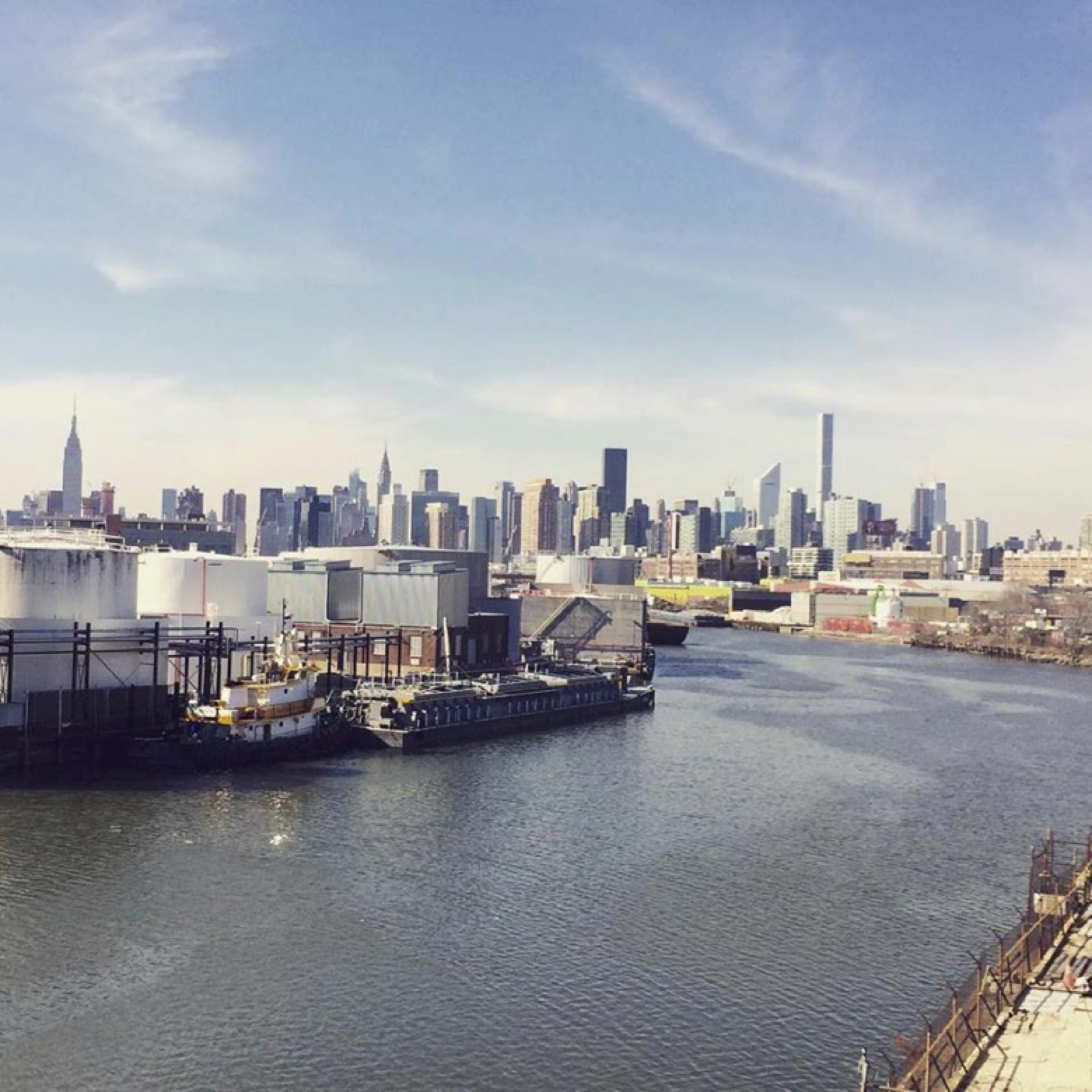Greenpoint residents and activists are having serious doubts about the new proposed aeration system for the city. The Department of Environmental Protection officials are trying to install a new $115-million system that will pump oxygen into the Greenpoint sludge way so the creek can meet state and federal water quality standards. But several fear the plan will dispense foul sewage fumes into the air.

Greenpoint residents and activists are having serious doubts about the new proposed aeration system for the city. The Department of Environmental Protection officials are trying to install a new $115-million system that will pump oxygen into the Greenpoint sludge way so the creek can meet state and federal water quality standards. But several fear the plan will dispense foul sewage fumes into the air.
Aaron Simon wrote on Greenpointers about the proposed plan. In his article, he states:
We in Greenpoint know better than to swim in the toxic, bacteria-laden Newtown Creek. We might soon be exposed to the contents of the creek regardless through a proposed aeration plant that would go in the Dutch Kills area of the creek.
The process of aeration increases the water’s oxygen content levels to support marine plants and fish, which were depleted after a century’s worth of industrial pollution and wastewater overflow. The air bubbles travel from installed pipes at the bottom of the creek, releasing oxygen bubbles — but the air doesn’t stop there.
A 2012 study by researchers at Columbia’s Lamont-Doherty Earth Observatory found that the air bubbles transfer bacteria to the air near English Kills, an especially contaminated mile-long area of the creek in Bushwick, Brooklyn. A pilot aeration system was launched at English Kills in 2009.
Dr. Elias Dueker, now an assistant professor of environmental and urban studies at Bard College, was a researcher on the English Kills air study. “Our research shows that there is movement of bacteria from water to the air, and what is in the water is often untreated sewage from CSO (combined sewage overflow) events, which is not good,” Dueker said.

To cause more concern, the Department of Environmental Protection hasn’t officially released information on a longterm plan for the use of the aeration system. This has caused major doubt. In fact, the NCA has requested that expansion of the project be delayed until after 2017 when the Long Term Control Plan for Newtown Creek is due. NCA mentions that a reliance on a mechanical solution that continuously consumes electricity only contributes to greenhouse gas emissions which the city and state are actively seeking to minimize. There are valid and effective alternative solutions that can improve dissolved oxygen levels while not creating additional environmental burdens.
Greenpoint resident Laura Hofmann summarized it best in an interview with The Brooklyn Paper: “What good is having a bubble system in the river if they’re going to continue to pour raw sewage into it?” she said. “And if you have a power outage, any fish in that end of the creek will die right away.”

To learn more about the plan, updates around the cleanup process of the creek, and to become more educated on this topic, we encourage you to visit http://www.newtowncreekalliance.org. NCA has their next Summer Sessions on April 22 when they will have open discussions about the plan as well as future initiatives to better the creek.



